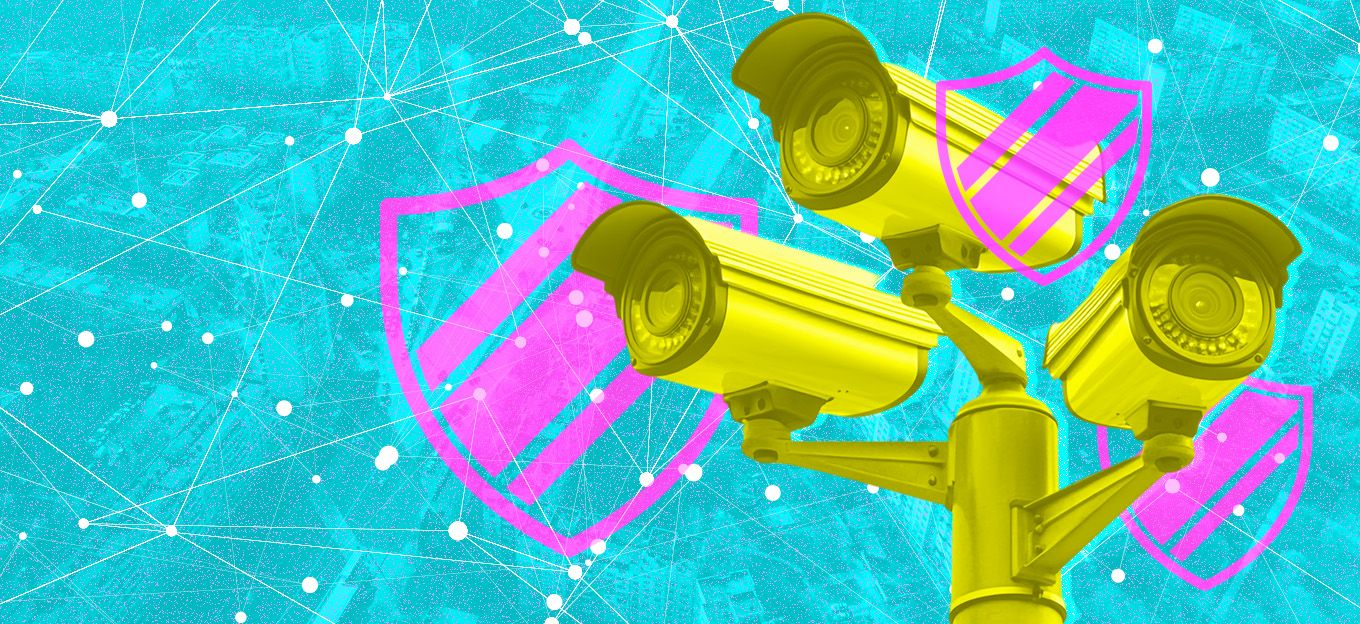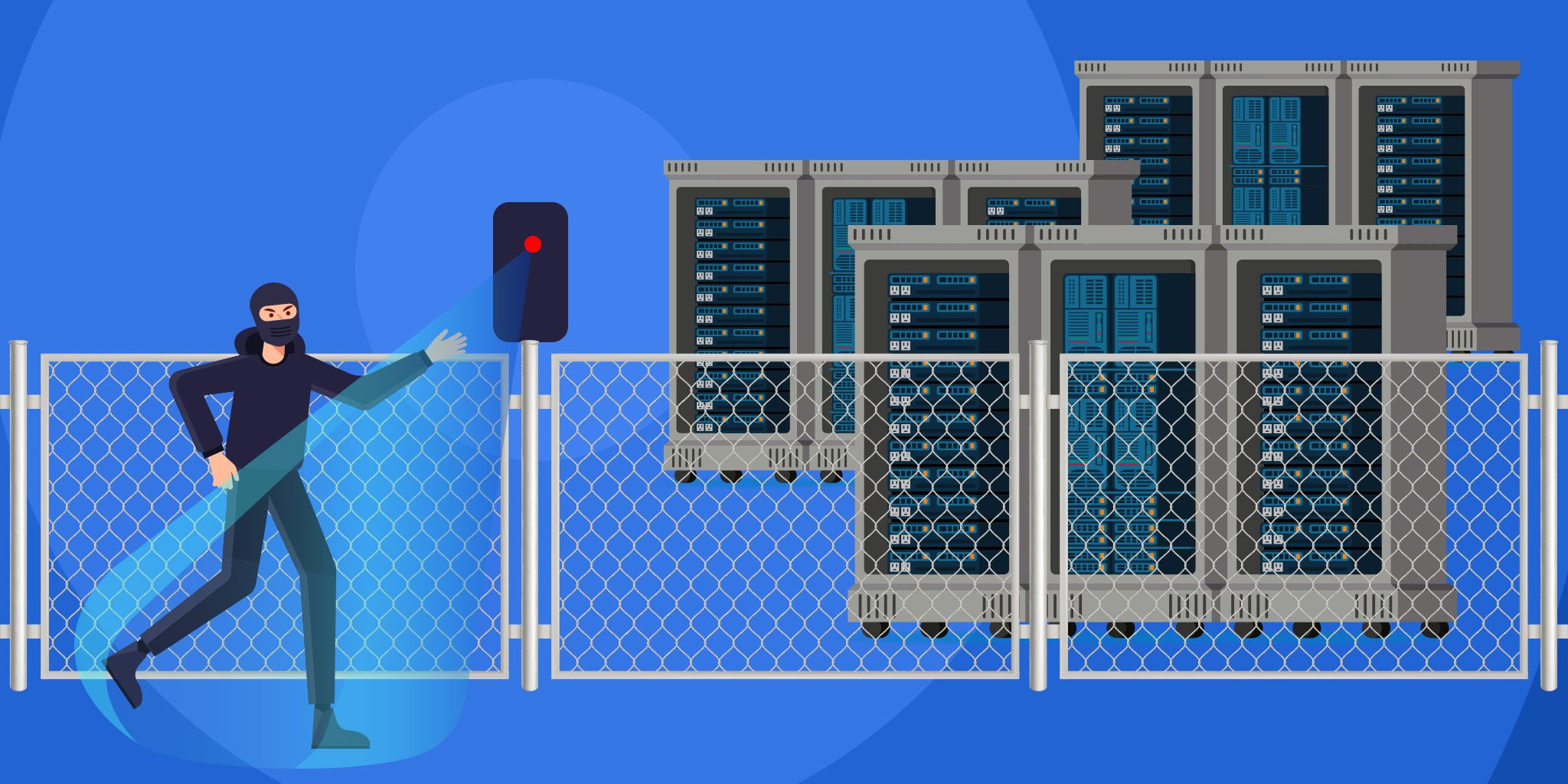Building An IIoT Strategy? 5 Key Considerations for Success
Building An IIoT Strategy? 5 Key Considerations for Success
- Last Updated: December 2, 2024
HiveMQ
- Last Updated: December 2, 2024



The pressure for success and to create, build, and innovate has increased as more companies vie for attention and revenue, leading to a greater necessity for an IIoT strategy. Digital transformation journeys promise to bring new insights and efficient processes to help companies create a competitive advantage but trying to get from concept to implementation isn’t as easy as it seems.
To leverage the full potential of connected devices, data, and advanced analytics, industrial automation, and manufacturing companies need a clear Industrial Internet of Things (IIoT) strategy that can provide exponential benefits to the organization.
In a recent McKinsey survey of managers at more than 700 industrial manufacturers worldwide, more than 40 percent pointed to IT deficiencies as the main challenge in successfully implementing digital initiatives. Simply put, the technology needs and the infrastructure in place for IIoT are not aligned.
The reality is, if you don’t have an IIoT strategy you’re falling behind. A recent survey of IoT professionals highlighted that 74 percent of the companies that responded have already deployed or are in the process of developing an IIoT strategy.
But it truly is a hard nut to crack, especially when you consider that 80 percent of IoT projects fail to scale due to the complexity of integration and the inability to support scaling systems. In addition to setting goals and metrics that align with your business, make sure to plan for these five things carefully.
5 IIoT Strategy Considerations
#1: Data-centric Approach
Prioritizing data as a strategic asset can result in huge benefits for operational efficiency and cost savings. Companies should establish mechanisms for collecting, storing, and processing data from devices, sensors, and other equipment to improve productivity and performance.
For example, more than 150,000 drivers at one of the largest shipping companies in the world use a handheld device to scan packages, track deliveries, and receive optimized delivery routes. To efficiently relay information to customers, the company deployed an IIoT system with middleware that could help them get data from driver devices to backend systems bidirectionally with no issues.
With IoT data movement in place, the company was able to meet 743.5 million tracking requests per day and optimize routes to save $50 million per year.
#2: Standardization & Interoperability
Interoperability refers to the ability of diverse systems and devices to work together in a frictionless way. For IIoT systems with a range of devices and applications that need to communicate and share data, interoperability is essential to success. Without it, companies will have siloed data that blocks any insights or opportunities for optimization.
To achieve success with your IIoT strategy, work with technologies that will facilitate communication and integration between different devices and applications. An approach such as a Unified Namespace (UNS) allows for the collection of data from various IIoT systems, adding context to it, and transforming it into a format that other systems can understand.
#3: Security
As with all initiatives that deal with data and technology, IIoT is not without its cybersecurity risks. Companies need to take great care to safeguard sensitive data and proactively work to mitigate threats.
By implementing robust authentication, encryption, hardware security, regular audits, and tailored security approaches, organizations can fortify their IIoT systems and remain compliant with stringent data privacy regulations.
#4: Reliability & Scalability
An IIoT system is a great milestone that will likely lead to expansions and further deployment. Data sources will continue to grow and as such, so should the scalability of the IIoT architecture.
Teams need to design a flexible, reliable solution that can handle massive amounts of data without increasing costs. Making sure to emphasize reliability and scalability within the architecture makes certain that operations will not be disrupted in the face of new data streams or network disruptions.
#5: Continuous Improvement
How will you know if your IIoT systems strategy is successful after deployment? You can show ROI on a proof of concept but to keep getting buy-in and expand its purview, the IIoT systems need metrics and goals.
It’s important to define measures of success for continuous monitoring of IIoT operations, performance, and security. Teams should regularly evaluate the effectiveness of the strategy and be prepared to adapt to technological advancements, changes in business requirements, and emerging industry trends.
Success with an IIoT Strategy
The promise of transformative benefits for an organization is enough to get people on board with IIoT but to make that dream a reality, a considered strategy is necessary.
By prioritizing data, ensuring interoperability, fortifying security, emphasizing reliability and scalability, and committing to continuous improvement, organizations can not only survive in the era of digital transformation but achieve success with an impenetrable IIoT strategy that unlocks the future of industrial excellence.
The Most Comprehensive IoT Newsletter for Enterprises
Showcasing the highest-quality content, resources, news, and insights from the world of the Internet of Things. Subscribe to remain informed and up-to-date.
New Podcast Episode

IoT and AI in 2026
Related Articles





